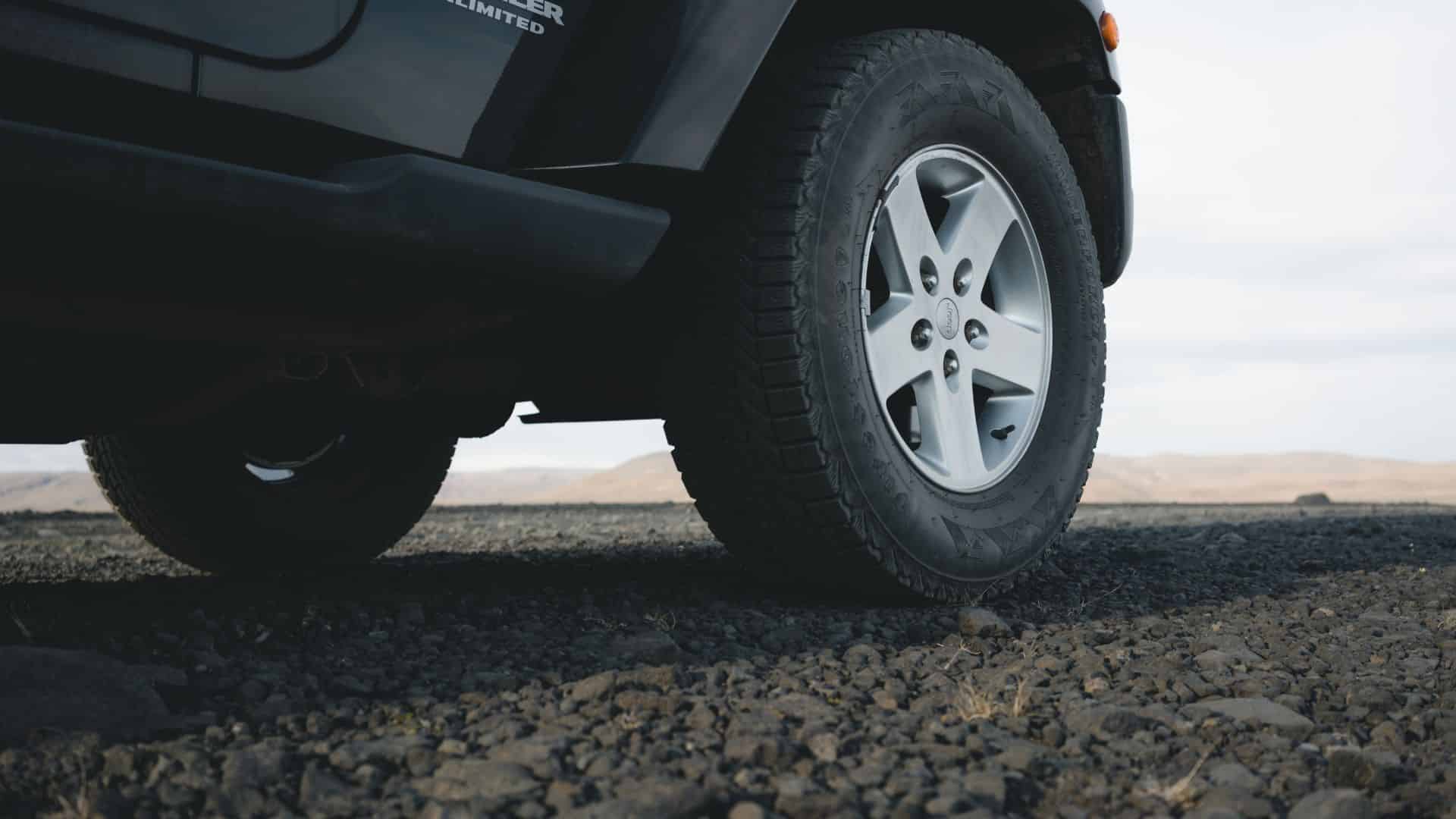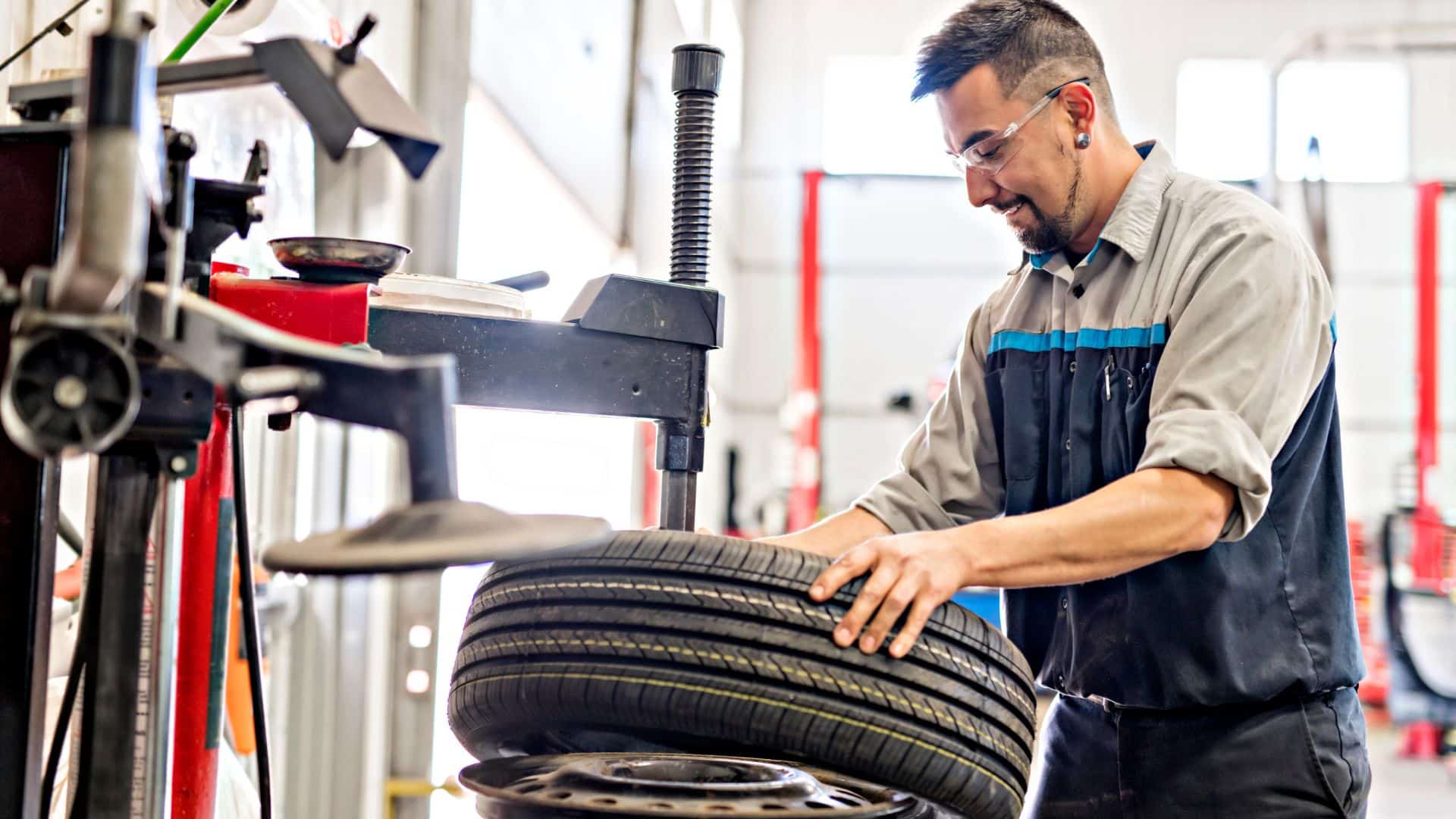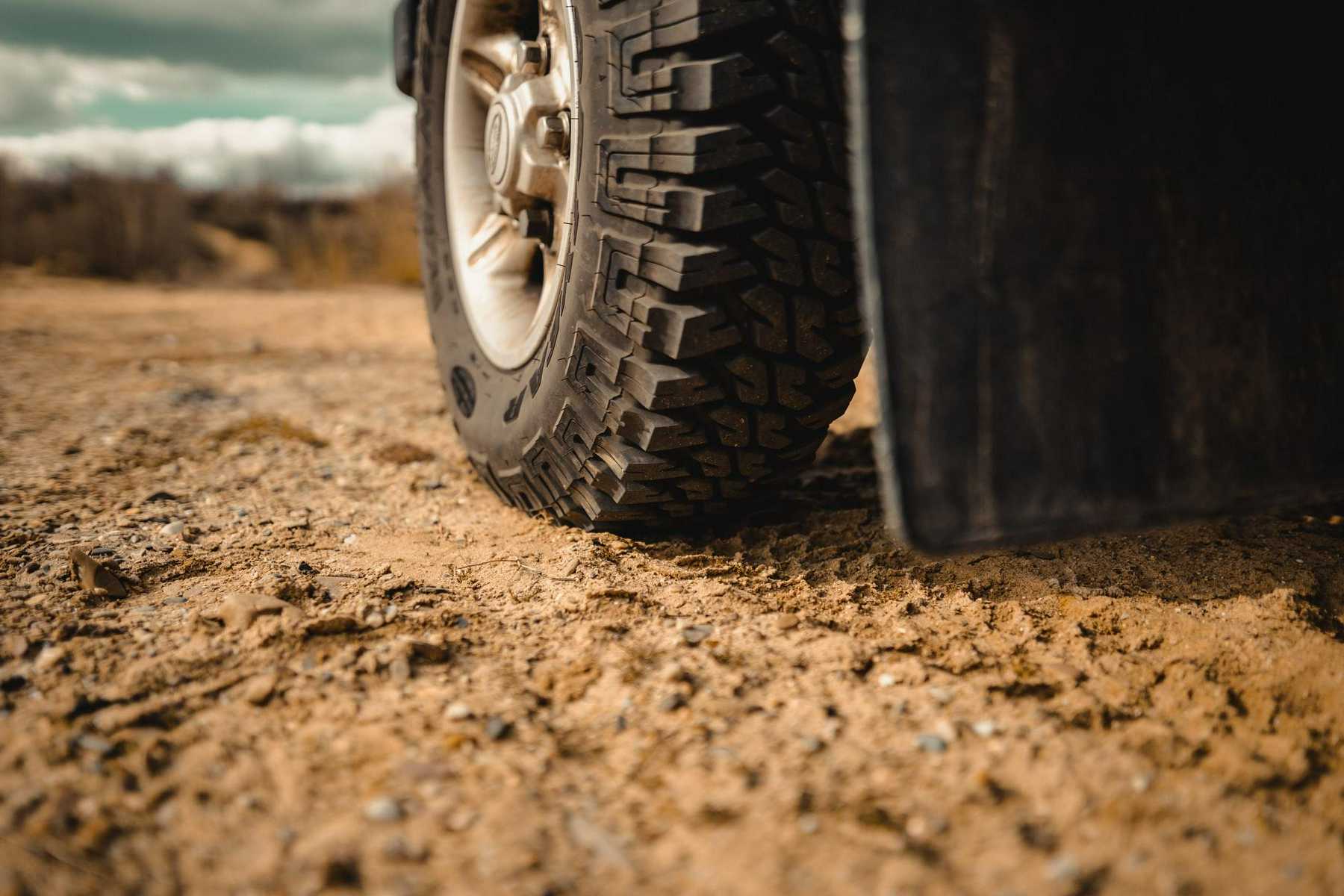You should rotate your tires for the same basic reason as why you should change your oil periodically, or make sure your car battery is still good. Tire rotation and replacement is just a part of your basic vehicle maintenance checklist, and absolutely makes a difference in how well your car or truck performs.
If anything, rotating your tires is more immediately important than something like an oil check, simply because defective tires and tire blowouts can cause extremely abrupt accidents right on the road.

Now, let’s get down to the details of why you should rotate your tires and explain the tricks for doing or having it done correctly.
What is a Tire Rotation?
While most drivers know about checking and changing their car’s oil periodically, or making sure their other vehicle fluids are doing okay, it’s easy to forget tires. Basically, there’s a good chance you only notice a tire problem when your truck or car stops moving smoothly along the road. This isn’t a good idea, because there are many reasons why you shouldn’t forget about tire rotation.
Fortunately, this method for conserving the tread on your tires is simple, quick, cheap and effective. It works by rebalancing tread wear from all those miles spent driving along gritty, grimy, rubber-scouring roads and highways.
Usually, a tire rotation means taking out the two front tires and the two back tires then switching the front tires with the back tires in a specific way. The typical pattern of a tire rotation depends on vehicle drive type but two common patterns go like this:
Rear and four wheel drive vehicles: With rear wheel drive and four wheel drive cars or trucks, a common tire rotation pattern involves moving the left and right rear tires into the respective left and right front wheel axles in front of them. The two front tires are placed in the rear axles but each goes on the opposite rear axle from the one right behind it.
Front wheel drive vehicles: With front wheel drive cars, you’d typically perform a rotation by moving the two front tires to the rear tire wells right behind each and moving the rear tires forward to the front tire well opposite of each.
The above are just two possible rotation patterns for the two most common types of vehicle drive types, but there are others, and they can vary from car to car even among cars with the same wheel drive types. Your vehicle owner’s manual or your car maintenance expert should know the ideal rotation pattern that’s specific to your exact truck, van or car.

What’s the Benefit of a Tire Rotation?
How often you should rotate your tires will depend on the type of vehicle you have, how much you use it and what kinds of road conditions you drive over most. Generally though, you should order or perform a rotation once every 7,500 to 8000 miles or on average, every 6 months.
Doing this is important for the reason we already mentioned above, by rotating your tires in a specific way, you reduce dangerous levels of wear and tear on their treads by spreading this wearing-down process more evenly across all of the treads.
Even with regularly scheduled rotations, your tires will eventually start to wear down until they need to be replaced but that tread damage is going to happen much more slowly and more evenly, ensuring that the tires stay safely usable for much longer before a replacement.
Keeping up a good tread thickness by frequently rotating your tires also gives your car better handling in general along with better driving smoothness, precision and less vibration or noise. In other words, tire rotations are generally beneficial in many specific ways while costing very little effort or money to perform. Here are some specific details on why they’re so useful:
Longer Tire Life
Tires are expensive, and especially so in larger or newer vehicles. If you can extend their usable life span fourfold or more just by spending between $30 and $150 every few months of driving just to keep them in good condition longer, it’s absolutely worth the cost. It definitely beats replacing damaged tires at a cost of hundreds or thousands of dollars, or dealing with the consequences of an accident, which can be much, much costlier.
A Safer Vehicle
One of the simplest, most effective things you can do to keep your vehicle axles in good condition and your car’s capacity for maneuvering or braking strong is a regular tire rotation. Robust tire tread improves overall vehicle handling almost across the board. Fully bald or patchwork bald tires on the other hand make braking worse, are dangerous on the road and can can make handling difficult enough to cause a loss of vehicle control.
A Smoother Ride
Tires with even tread create a smoother ride that’s free of vibrations. They also help your undercarriage and axles stay in good shape by reducing vibration stress on them. The result just feels better while you’re on the road in any driving conditions.
Warning Signs for Scheduling a Tire Rotation
We already explained that you should generally rotate your tires once every 7,500 miles or 6 months, but sometimes it’s important to get the job done even outside this interval if a few specific conditions or warning signs are present.
New Tires
Yep, if your tires are very new, you might need to give them their first rotation even earlier than normal because the deeper, softer new tread on these tires starts to wear down more quickly. This can create uneven wear after just 4000 or 5000 miles. An early rotation evens out these pronounced early wear patterns.
Uneven Wear Between Tires
If you notice that your front or rear tires are more worn down than the other tires on your vehicle, or that one or two of the tires in general have heavier wear and tear along parts of their circumference, you probably need to do a rotation. This wear will get much worse if it’s allowed to concentrate in the same spots.
Vibration
Vehicle vibration at higher speeds of 50 miles per hour or more could be a sign of many things, but one common reason is uneven tire wear. This means that if you feel vibrations, it’s a good excuse for having your tires rotated. While that’s being done, you can also have them rebalanced, since unbalanced tires are another major cause of driving vibrations.
Slippery Handling and Braking
Two major warning signs of an immediate need for either tire rotation or replacement of one or more tires are slippery handling and braking. The tread in your tires gives your vehicle a huge boost in how well it handles or brakes. Tires with deeply damaged tread can worsen both things even in cars with otherwise excellent brakes and steering systems.

What if I Don’t Rotate My Tires?
If you don’t bother to rotate your tires regularly, the uneven tread wear and general sanding down of your treads that result can cause your vehicle to become extremely unsafe, especially for highway driving and maneuvering in bad weather. This reduction in vehicle safety can come from specific “fun” things like hydroplaning, heat buildup, traction loss and mushy braking. All of these problems have the potential to cause major accidents.
How high is the potential for danger? Well, as one National Highway Traffic Safety Administration Crashstats report explains, about 25% of all tire-related accidents on the roads of the United States are caused by damaged or uneven tread.
The treads in your tires don’t just preserve traction on the road, they also prevent things like the above-mentioned heat buildup, because the space between the thick treads provides cooling for a tire’s rubber. When this tread disappears, friction heat while driving increases and can further weaken your tires, causing blowouts or tread rubber simply stripping away.
The same applies for traction loss. Without deep, even treads, your vehicle can completely lose traction in snow, ice or gravel and when driving along wet roads, your tires can easily start to hydroplane out of control. All of these things are common, frequent causes of major accidents.
The above are just some of the most common potential results of failing to rotate your tires regularly, but they’re all serious potential problems. Don’t let yourself be surprised by any of them in a way that can end up costing you enormously.
Rotating your tires yourself, or having it done by the vehicle maintenance and repair experts at Rick and Ray’s Auto Plaza might come with a minor price every six months, but compared to the cost of fully replacing damaged tires, or repairing a car damaged in an accident, tire rotation is a downright strong investment in yours and your car’s future.
Contact Rick & Ray’s Auto Plaza
If you are interested in getting your tires rotated or purchasing more tires then contact Rick & Ray’s Auto Plaza.


